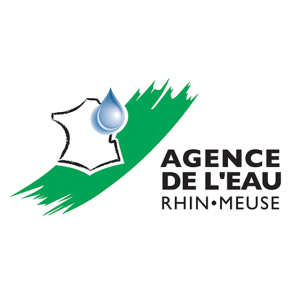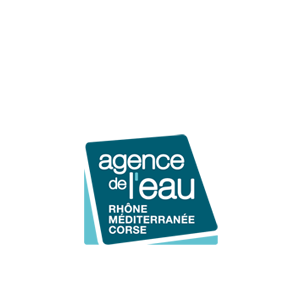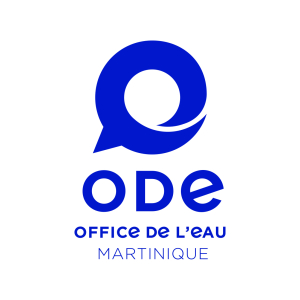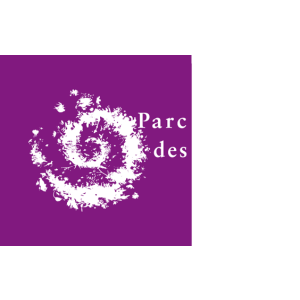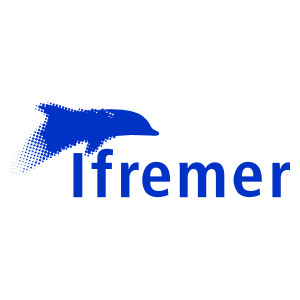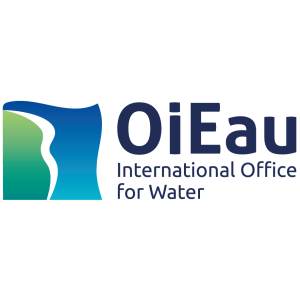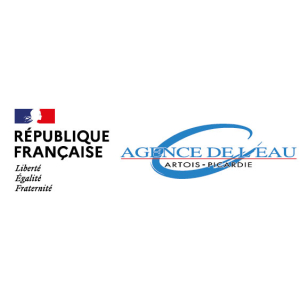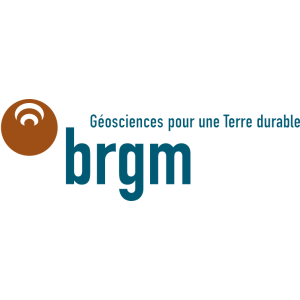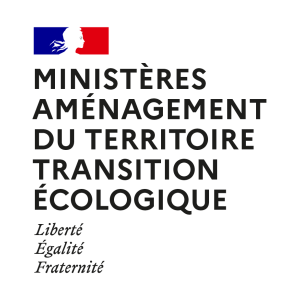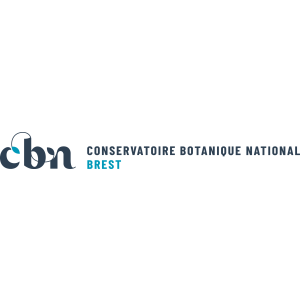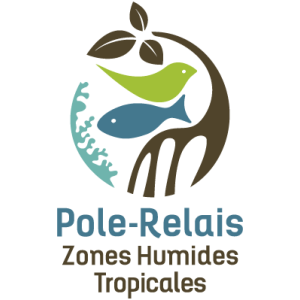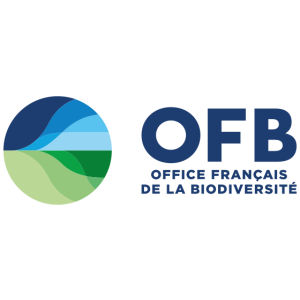
Document généré le 08/12/2025 depuis l'adresse: https://www.documentation.eauetbiodiversite.fr/fr/notice/sensitivity-of-three-unionid-glochidia-to-elevated-levels-of-copper-zinc-and-lead
Titre alternatif
Producteur
Contributeur(s)
EDP Sciences
Identifiant documentaire
11-dkey/10.1051/kmae/2010028
Identifiant OAI
oai:edpsciences.org:dkey/10.1051/kmae/2010028
Auteur(s):
N. Kováts,N.-A. Abdel-Hameid,K. Kovács,G. Paulovits
Mots clés
glochidia
ecotoxicity
copper
zinc
lead
unionid species
glochidie
écotoxicité
cuivre
zinc
plomb
espèces d’unionidé
Date de publication
14/10/2010
Date de création
Date de modification
Date d'acceptation du document
Date de dépôt légal
Langue
en
Thème
Type de ressource
Source
https://doi.org/10.1051/kmae/2010028
Droits de réutilisation
Région
Département
Commune
Description
In this study glochidia as most sensitive life-stage of bivalves were used to evaluate
the toxicity of copper, zinc and lead. Sensitivity of three species, Anodonta
anatina, Pseudanodonta complanata and Unio
tumiduswere compared to copper and zinc, based on 24
and 48 h LC50s. The copper 24 h LC50 showed the lowest value (26.8
μg·L-1) for Unio
tumidus glochidia. After 48 h exposure, close
LC50 values, 18.9 and 19.0 μg·L-1, were recorded
for A. anatina and U. tumidus glochidia,
respectively. U. tumidus glochidia exhibited the highest
sensitivity to zinc (48 h LC50 = 134.2 μg·L-1)
followed by P. complanata (48 h LC50 = 201.6
μg·L-1) and A. anatina (48 h
LC50 = 233.5 μg·L-1). Toxicity of lead to
P. complanata glochidia was estimated, 24 and 48 h LC50s of
lead to 374.6 and 260.8 μg·L-1, respectively. No observed
effect concentrations (NOECs) for the tested metals exhibited species differences. All
NOECs exceeded environmental quality standards (EQS), therefore these species are at risk
only in such European freshwaters which have extreme concentration of these metals.
Synergistic effect was reported for the combinations of Cu + Zn and Cu + Pb, additive
effect was reported for Zn + Pb.
Accès aux documents
0
Consultations
0
Téléchargements

